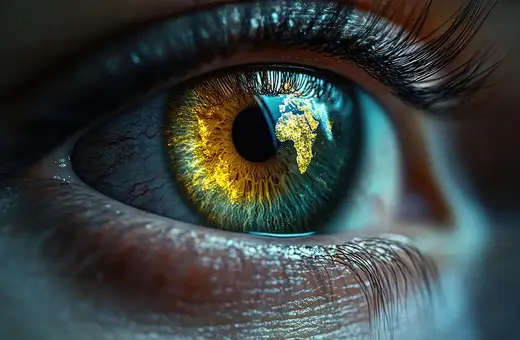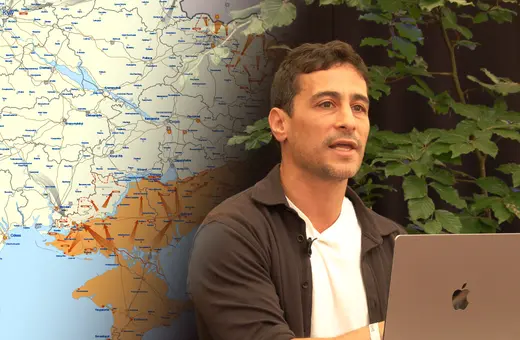There is much to fear and much to be hopeful for. We must think globally and rationally to safeguard our future, argues futurist and Astronomer Royal Martin Rees.
We learn two things from COVID-19. First, our entire world is interconnected: a catastrophe in any region can cascade globally. Second, international science can be our salvation – as in the development of vaccines.
Let’s hope that, when this crisis is passed, we can focus on the longer-term challenges the world faces: providing food, energy and healthcare for a rising population, with an ever heavier footprint on the planet, without irreversibly degrading the biosphere. Unlike COVID, these interlinked crises are slowly-emergent: they don’t lead to public pressure for urgent action. But our predicament parallels that of a frog in a warming pot who fails to respond until it’s too late to save itself.
But there is some good news: a sustainable and benign long-term future is possible, but only if science and technology are deployed and prioritized optimally.
There are now 7.8 billion people on the Earth, many undernourished and in extreme poverty. By mid-century there will be about 9 billion. World food production needs to double to ensure that all those in India and Africa (where the main growth will be) are as well-nourished as we are in the Global North. And this must be done without unduly encroaching on nature and forests. We need ‘sustainably intensive’ agriculture that can produce crops efficiently in a changing climate. And we can’t all eat as much beef as present-day Americans.
A sustainable and benign long-term future is possible, but only if science and technology are deployed and prioritized optimally.
Some dietary innovations are feasible without 'frontier' science, for instance converting insects -highly nutritious and protein-rich into palatable food and making artificial meat from vegetable protein. 'Beef' burgers (made mainly of wheat, coconut, and potato) are now being marketed in the US by companies called Beyond Meat and Impossible Foods. It will be a while, though, before their “pseudo-burgers” will satisfy carnivorous gourmands for whom beetroot juice is a poor substitute for blood.
But biochemists have been making breakthroughs: they 'grow' meat by taking a few cells from an animal and then stimulating growth with appropriate nutrients. In 2020, Singapore's food regulatory agency approved the sale of 'cultured' meat developed by US start-up Eat Just. Acceptable meat substitutes are an ecological benefit --- and , for many of us, an ethical advance too; future generations will look back in horror at the 'factory farming' techniques that prevail today.
Clean Energy
The second big challenge is to meet the world’s energy needs. These will expand even faster than the demand for food: the poorest countries will aim to close the gap with consumption in Europe. This is a daunting challenge at a time when there’s an internationally agreed goal constraining climate change by eliminating the use of fossil fuels.
But there's a 'win-win' roadmap to a low-carbon future. All nations – especially those like the UK with high-tech capability -- should scale up research and development into all forms of low-carbon energy generation; and into other technologies where parallel progress is crucial - especially storage (batteries, compressed air, pumped storage, hydrogen , etc) and smart grids.















Join the conversation